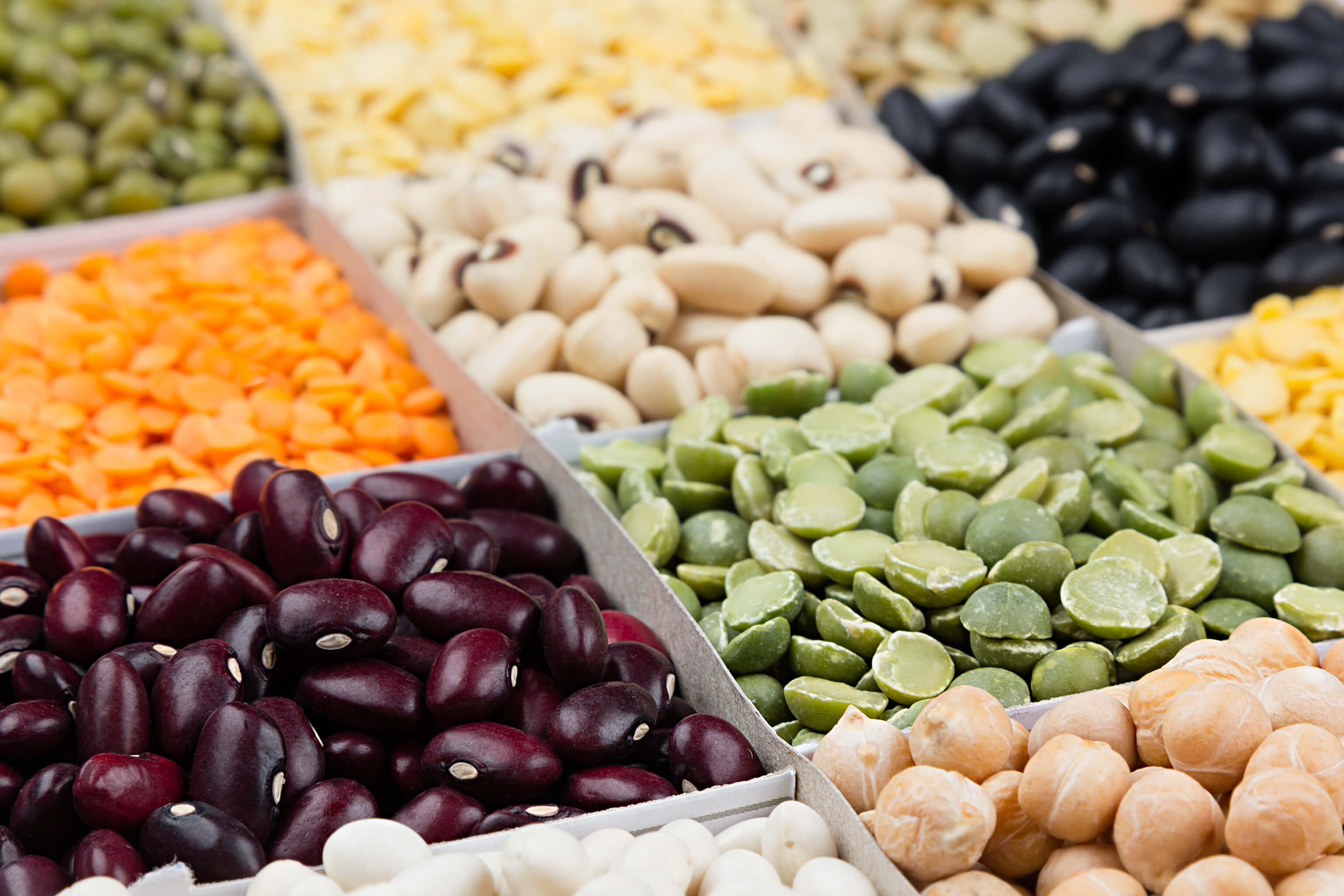Chronic pain is pain that lasts more than three months and is usually unresponsive to treatment. Chronic pain affects about 116 million adults in the U.S. and while pain pills decrease suffering, they can be addictive and generate side effects.
Worse, they frequently fail to eradicate the actual cause of the pain. Regardless of how well your physician prescribes medication, you probably won’t obtain complete relief. Fortunately, an alternative exists in Pembroke pines vitamin store.
Actually, certain foods alleviate aches by obstructing pain signals, fighting inflammation, and healing underlying disease. One of the ways numerous patients experience improvement over time is through a diet, which in this case means implementing lifestyle changes that are supposed to be functional and permanent.
If you’re struggling with chronic pain management, consider these diets, whose ingredients you can acquire from our natural foods store Pembroke Pines.
Macrobiotic Diet
Macrobiotic diets merge the concepts of Buddhist spirituality and some dietary principles with the objective of balancing physical and spiritual wellness. These diets seek to avoid the “toxins” that originate from consuming dairy products, oily foods, and meat.
A macro diet comprises mostly of whole grains and cooked vegetables. Moreover, the diet integrates efforts and lifestyle elements to balance your body’s opposing energies. The diet is based on the principles of consuming a plant-based, low-fat, and high-fiber diet.
Additionally, it integrates lifestyle components of chewing thoroughly, consuming regular meals, and maintaining an active lifestyle. The emergence of the diet occurred in the late 1800s and its major principles typify food as a basis for happiness and health.
Therefore, we should eat locally grown food and according to the season. This implies eating berries in summer and squash during winter. Moreover, the food must be unrefined, whole, and as close as possible to its natural state.
Foods to Eat
The diet proposes a daily intake of vegetables, beans, and whole grains. The foods, which you may eat up to numerous times per week, include seeds, fruits, and nuts. Optional monthly indulgences include dairy, eggs, meat, and poultry.
If you wish, you can eat seafood and fish once weekly. The recommended cooking techniques include boiling, steaming, or sautéing with minimal cold, pressed oil. The idea behind this diet is that fueling your body with the cleanest and easily digestible foods allows it to function at maximum efficiency.
Although numerous studies haven’t taken place on the link between this diet and chronic pain, a number of people have found it beneficial in tackling their medical conditions. If you decide to implement this diet, it’s advisable you do so under a physician’s care or other medical professionals. Alternatively, you can seek nutritional advice from our nutrition store Pembroke Pines.
Paleo Diet
Some evidence supports a Paleo diet as a reasonably efficient therapy for pain that doesn’t originate from a particular disease and pain secondary to other pathologies like arthritis or autoimmune diseases.
Obviously, no diet can magically eliminate chronic pain; it simply doesn’t work like this. If your chronic pain is secondary to some other illness, the first thing you should do is see a physician for that illness. Based on research, you could modify Paleo in various ways to help address your pain. These include:
Eating an anti-inflammatory diet
This diet involves eating fresh fruits, fish, and vegetables. It means going easy on seeds, nuts, and other Omega-6 fats. Keep in mind that inflammation and inflammation illnesses contribute to chronic pain and diet has the ability to alter the pain-inflammatory response.
Address posture problems
As humans, we aren’t meant to sit all day and then run on a treadmill for an hour. Once we do so, they send us a signal that something’s wrong-pain. Examine ways of addressing posture problems, mobility issues, or other movement problems that might be the cause of your pain.
The Paleo diet focuses on foods such as vegetables, some fruits, and seeds. The foods to avoid in this diet include dairy, refined sugars, and starchy vegetables such as potatoes. While there’s insufficient research, sufferers of fibromyalgia claim that this diet is beneficial in addressing their condition.
Mediterranean Diet
According to research, overweight persons and those diagnosed with chronic pain might find relief in this diet. This diet is mostly plant-based, with high intake of vegetables, fruits, beans, and whole-grain cereals. However, there’s moderate consumption of poultry, fish, and eggs and low intake of meat. The diet focuses on these foods:
Fish
The go-to protein in this diet plan is fish. The diet particularly emphasizes fatty fish such as sardines, salmon, and mackerel. These fish comprise brain and heart-healthy omega-3 fatty acids.
Vegetables
A good way of incorporating vegetables is by eating one serving during snack time, like including spinach into a smoothie or eating bell pepper strips. You should at least consume two servings daily.
While no magic pill can eliminate chronic pain, diet plays a significant role in managing or reducing it. If you’re battling chronic pain without any sign of success, consider these diets.



